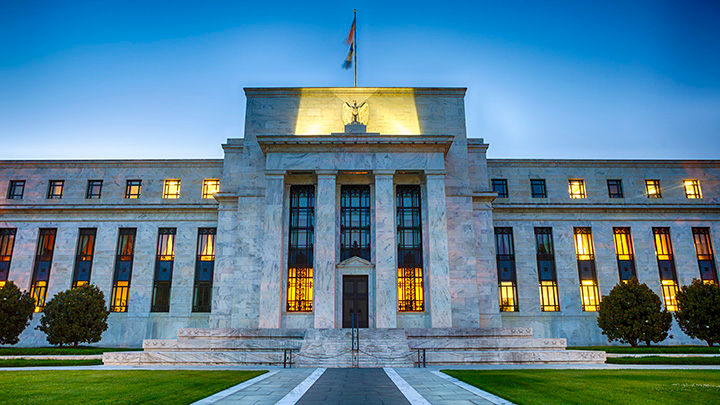US consumer inflation showed fresh signs of abating in June, boosting expectations that the Federal Reserve will cut rates before year's end after Chair Jay Powell hinted that downside risks to economic growth were coming into focus. The consumer price index fell 0.1% from May, the first month-to-month drop since the early stages of the pandemic in 2020. Inflation also eased to 3% year-over-year, a bigger fall than expected following May's 3.3% increase. Excluding food and energy prices, core CPI was up 3.3%, the smallest increase since April 2021. A report on wholesale inflation, which is considered a predictor of future consumer price trends, is scheduled for release on Friday.
Inflation, rates, and the economic outlook were topics of discussion during Powell's semiannual visit to Capitol Hill. During testimony in front of the Senate Banking Committee on Tuesday, Powell noted that high inflation "is not the only risk we face," saying the labor market has cooled and is no longer a source of broad inflationary pressure. The Labor Department said last Friday that employers added 206,000 jobs in June, but it removed a combined 111,000 jobs from its tallies for April and May. The unemployment rate inched up to 4.1%, the highest level since November 2021. A new episode of PGIM Fixed Income's All the Credit podcast examines the potential path of rate cuts, the attractiveness of bonds versus cash, and how a reflation scenario could impact investment strategies.
you may also like
-
Fears Shift from Inflation to Lackluster GrowthInvestors are gauging the prospects for monetary policy, the global economy, and US policies following next month's elections.
Read More
-
Fed Officials on Alert for Potential Inflation RisksFederal Reserve officials said this week they continue to weigh potential risks to inflation and the broader US economy.
Read More
-
Fed Stands Pat as Fight Against Inflation Drags OnThe Federal Reserve left interest rates unchanged and signaled that a recent lack of progress on the inflation front calls for borrowing costs to remain high.
Read More




